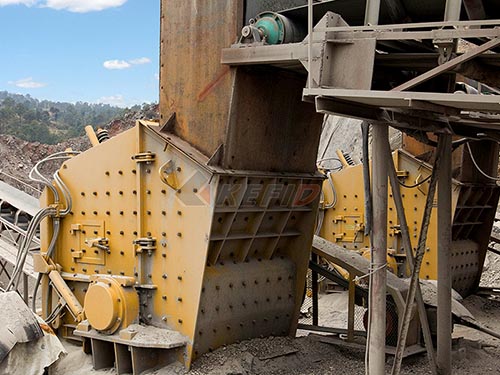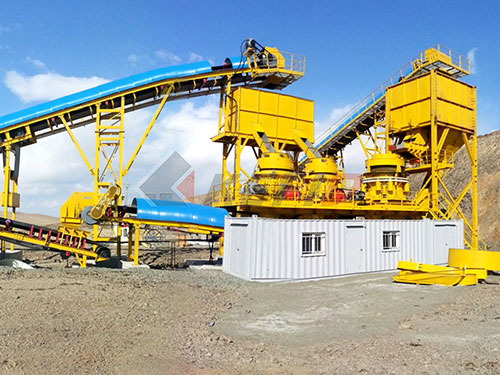The Quest for Efficiency: Understanding Fuel Consumption in Rock Crushing Operations
In the demanding world of aggregate production, mining, and construction recycling, rock crushers are indispensable workhorses. Yet, their power comes at a significant cost: fuel consumption. Pinpointing a single “average fuel efficiency” for all rock crushers is elusive, as it fluctuates dramatically based on numerous factors. Understanding these variables is crucial for operators seeking to optimize costs and reduce environmental impact.
Why “Average” is Misleading:
Unlike passenger vehicles measured in miles per gallon (MPG), crusher efficiency is intrinsically linked to productivity. The most relevant metric is fuel consumed per ton of material processed. This immediately highlights why an average figure is problematic:
1. Crusher Type & Technology:
Jaw Crushers: Often used for primary crushing, generally considered moderately efficient. Efficiency improves significantly with modern hydraulic adjustment and reverse crushing features.
Cone Crushers: Used for secondary and tertiary crushing. Modern cone crushers with advanced chamber designs, variable speed drives (like hydroset/hydrostatic drives), and automated control systems (ASRi) are typically the most fuel-efficient options per ton in their crushing stages.
Impact Crushers (HSI/VSI): Excellent for shaping and producing cubical products. While highly productive in specific applications, they often consume more fuel per ton compared to modern cones in hard rock applications due to higher rotor speeds and impact forces. However, they can be very efficient in softer materials or recycling.

Mobile vs. Stationary: Mobile crushers (track-mounted or wheeled) carry the additional fuel burden of propulsion systems and hydraulic outriggers/stabilizers. Stationary plants eliminate this but require material hauling.
2. Material Characteristics:
Hardness & Abrasiveness (e.g., Granite vs. Limestone): Harder, more abrasive rock requires significantly more energy (and thus fuel) to fracture.
Feed Size: Feeding oversized material forces the crusher to work harder than its optimal design point.
Moisture Content: Wet or sticky material can cause plugging and reduce throughput, indirectly increasing fuel per ton.
Required Final Product Size: Producing finer aggregates demands more crushing stages and/or higher energy input per stage.

3. Operational Practices:
Feed Rate & Consistency: An underfed

Leave a Reply